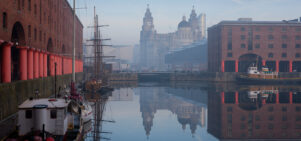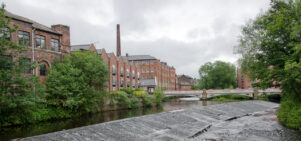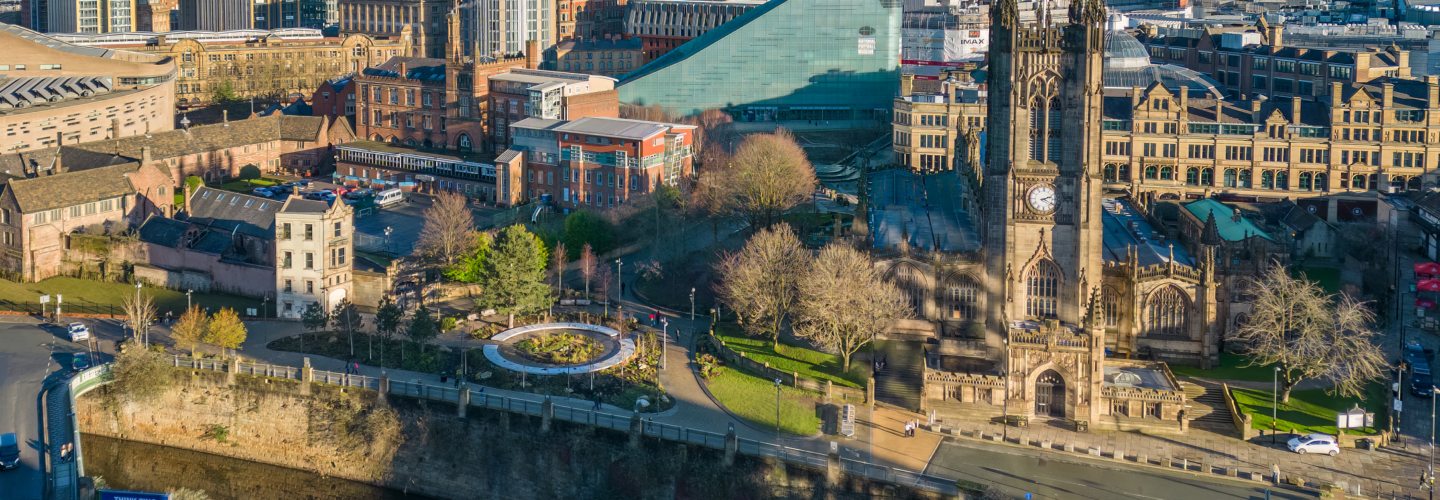A Land Fit For Heroes: WWI for those at home
Emma NuttallA Land Fit For Heroes at the People’s History Museum takes an inventive look at the lives of the working class during wartime.
“Ideas worth fighting for” – The People’s History Museum’s tagline has never been more appropriate. Their latest exhibition, A Land Fit For Heroes, moves its gaze away from the familiar WWI narrative of trench warfare and conflict, and instead concentrates on the home front during the turbulent four-year war period in Britain. And with good reason; those soldiers who did finally come home returned to a country vastly differed from the one they had left.
So what exactly happened in those years to make Britain emerge anew? Through the use of photographs and correspondence, A Land Fit For Heroes shows changes to the roles that women played, the practicalities of home life and the influence the war had on politics. Each of these elements had a significant and practical impact on the everyday life of British civilians. The exhibition’s displays focus particularly on showing how women were emancipated by new working opportunities, resulting in the increasing involvement and authority of the Women’s Rights Movement. The Worker’s Rights Movement also emerged as a political power, managing the individuals and organisations alike who were dealing with mounting pressure to match the industrial output the country required to win the war. Each display details the support rallied for the war effort, but also the revolutionary benefit for the movements’ own reform agendas.
What exactly happened in those years to make Britain emerge anew?
Another area of life for a WWI citizen at home that goes under-represented is the experience of the “conchies” or conscientious objectors; those men who refused to enlist in the war. This section of the exhibit falls on the sympathetic side, detailing the prejudice they faced – during and after the war, when they struggled for jobs and were often shunned from society.
Though the exhibition space is limited for such a sprawling and complex topic, only providing a taster of the time period, each flavour is clear, succinct and engaging. Many of the movements it explores have their roots in Manchester, meaning that though this is a temporary exhibition, it really compliments the permanent message of the main galleries.
When remembering the horrors of WWI, it’s often forgotten that, at the time, the war had strong popular support – partly due to the influential role of the British media. Now, however, in the year of the Centenary, it’s hard to look away from the dreadful cost to life. A Land Fit For Heroes offers a more balanced, nuanced view, showing how new social, economical, cultural and political ideas among the working classes sprang from such a terrible conflict – ideas that would help define the Britain we live in now.


















